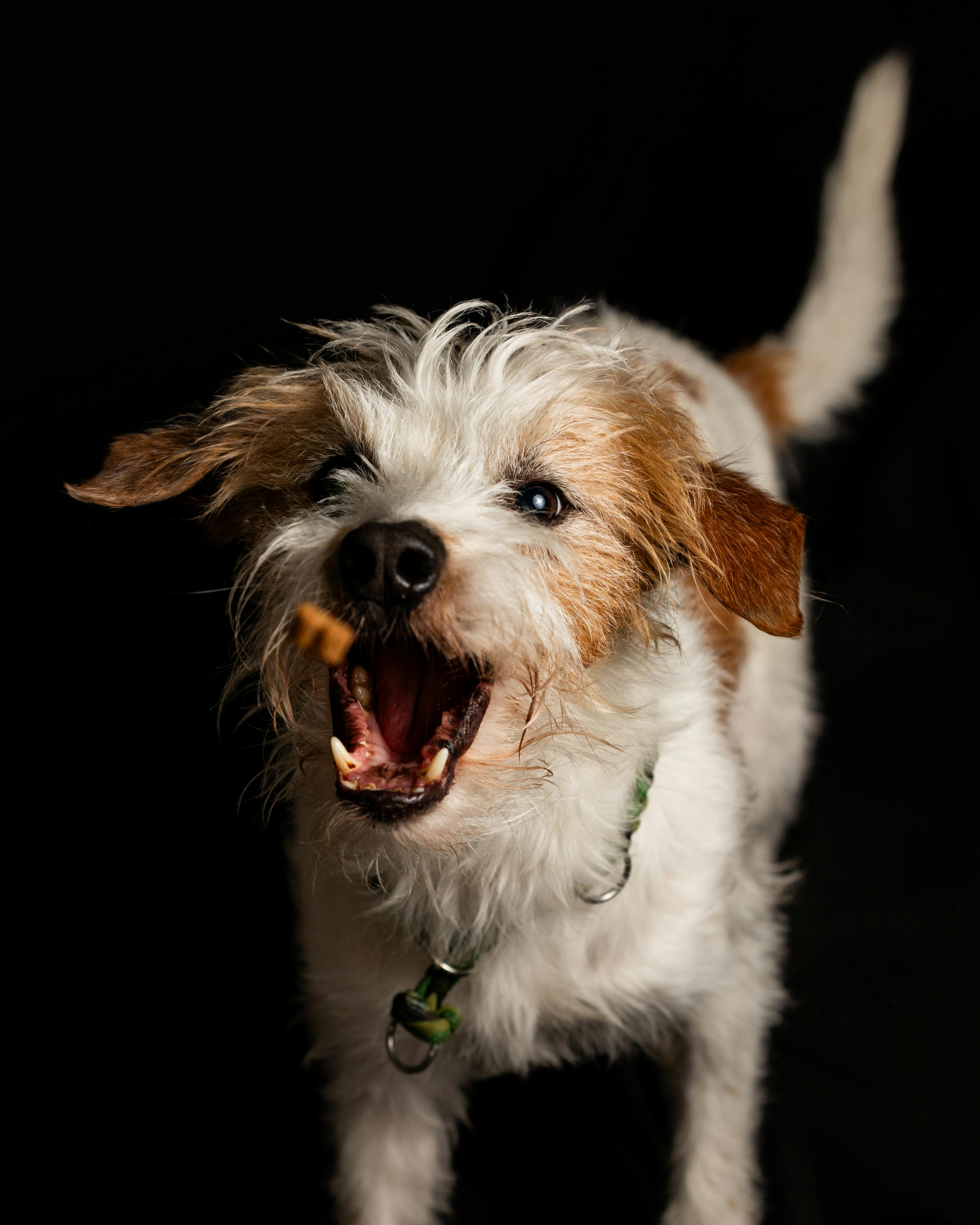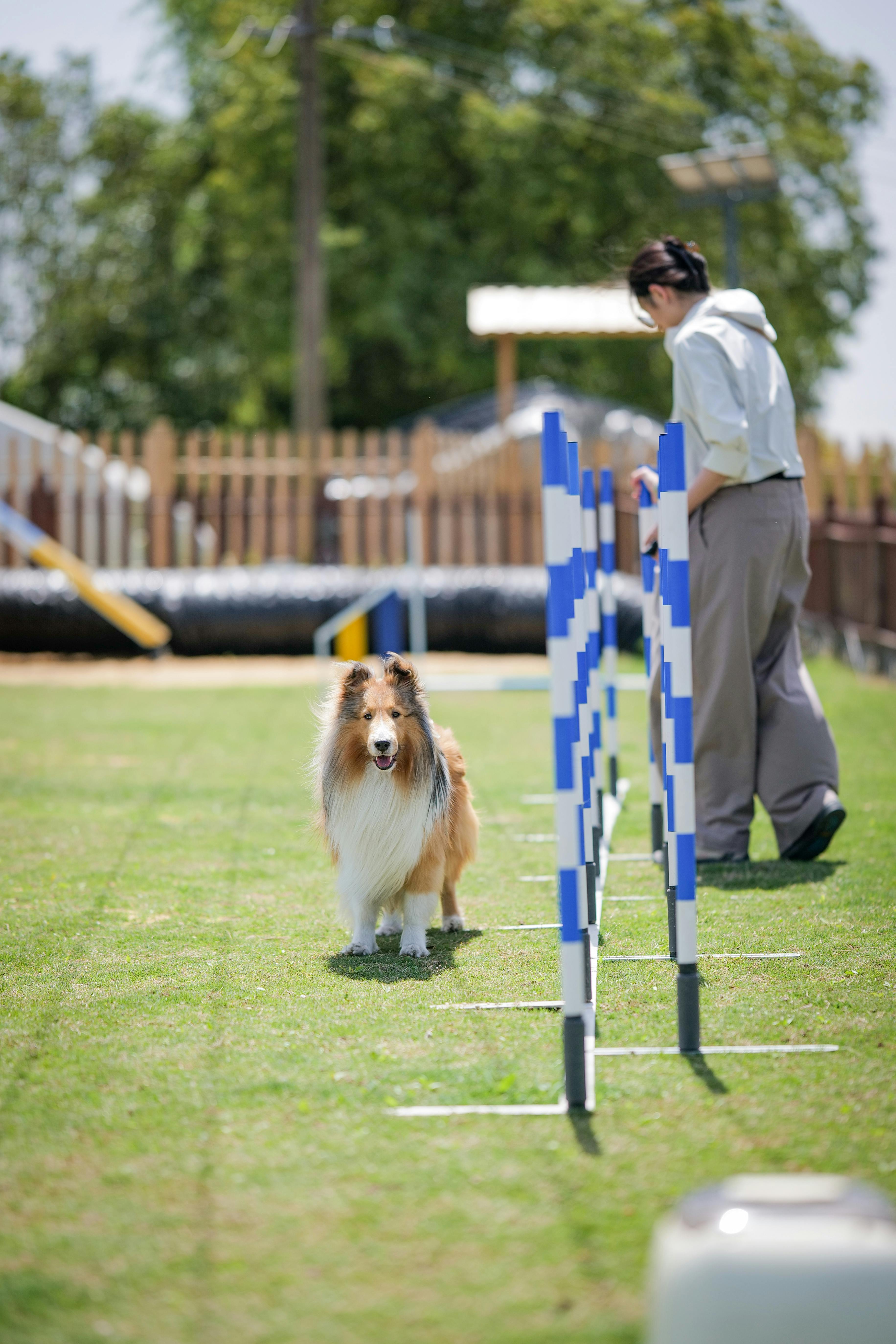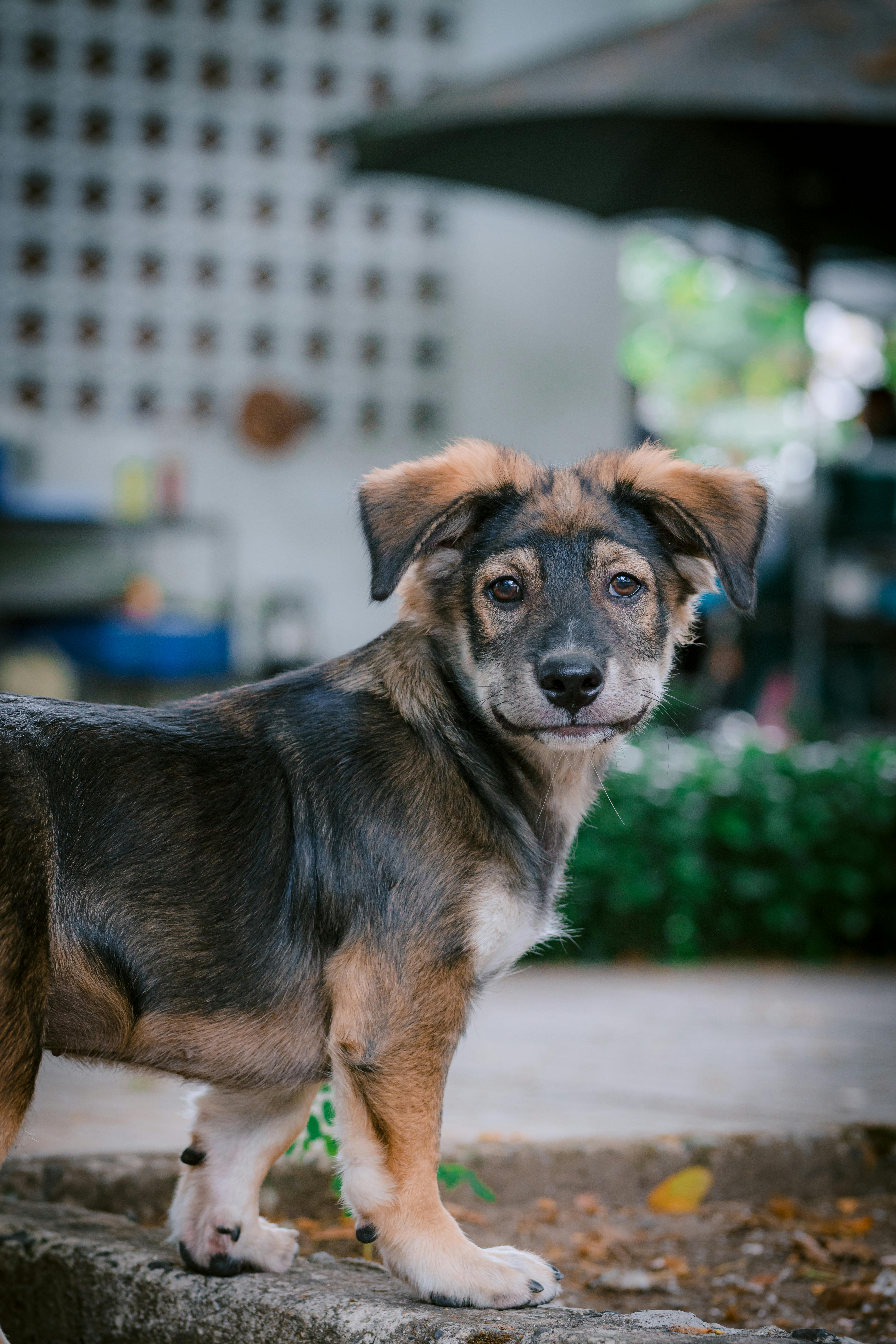Using Pigeons for Dog Training: A Complete Guide
Dog training has evolved significantly, yet traditional techniques like using pigeons for dog training remain incredibly effective. As bird hunting and obedience training regain popularity, trainers are returning to time-tested methods to prepare dogs for real-world scenarios. This guide explores the use of pigeons in canine training, offering step-by-step strategies, expert insights, and practical tools for success.

Understanding the Fundamentals
Pigeons for dog training refers to the use of live birds to teach dogs hunting skills, impulse control, and focus. This method is especially valuable for breeds like pointers, retrievers, and spaniels. The concept dates back centuries and remains a staple among professional trainers today.
Utilizing pigeons in training helps simulate realistic conditions, enabling dogs to learn scent tracking, steady pointing, and chase restraint. Just as flight simulators train pilots, live birds provide authentic learning experiences for canine trainees.
1.1 The Role of Live Birds in Training
Live birds like pigeons stimulate a dog’s natural prey drive, making training sessions more engaging and effective. Studies show that incorporating real birds improves retention and sharpens responsiveness. Unlike dummies or synthetic scents, live pigeons teach dogs to react appropriately to unpredictable movement and scent trails.
Trainers often use homing pigeons because they return to the loft after release, making them reusable and cost-effective. However, a common misconception is that using live birds is cruel—when handled ethically, pigeons are unharmed and stress is minimized.
1.2 Comparing Bird Types and Training Styles
Compared to quail or pheasants, pigeons are more accessible and easier to handle. They’re cost-efficient and require less upkeep. While game birds are ideal for advanced simulations, pigeons provide all the core learning essentials at the early stages of training.
Case studies have shown that dogs trained with pigeons exhibit better steadiness and recall. This is crucial for field trials and hunting, where discipline can make or break a day in the field.
Practical Implementation Guide
With a solid understanding of why pigeons work in training, let’s explore how to implement this method. Expect visible progress within weeks, especially with consistent sessions and proper reinforcement techniques.

2.1 Actionable Steps
- Acquire Healthy Pigeons: Ensure birds are healthy and from a reputable breeder or loft.
- Set Up a Pigeon Launcher: Use a bird launcher to release pigeons on command, simulating real hunting triggers.
- Train in Short Intervals: Begin with 10-15 minute sessions, increasing duration as the dog builds confidence and control.
2.2 Overcoming Challenges
Common obstacles include dogs lunging prematurely, birds flying off erratically, or dogs showing fear. These can be managed with proper leash control, consistent commands, and gradual exposure. Watch for signs of stress such as avoidance or disinterest.
Experts recommend rotating locations and birds to prevent pattern learning. Using reward-based feedback and positive reinforcement improves retention and enthusiasm.
Advanced Applications
Once foundational skills are established, trainers can move to advanced tactics like multi-bird flushes and blind retrieves. These methods test focus and reinforce complex commands like “whoa” or “stay.”

3.1 Simulated Field Training
Advanced trainers recreate hunt environments using multiple pigeon launchers. Case studies show a 30% improvement in recall and stability when dogs are exposed to dynamic scenarios with variable bird behavior.
3.2 Integration with Gun Training
Integrating pigeons with gunshot sound cues helps dogs acclimate to field conditions. Trainers must ensure dogs are desensitized gradually to prevent fear reactions. Pigeons offer realistic targets for shot timing and chase restraint drills.
Future Outlook
With rising demand for ethical and effective training methods, pigeon-based dog training is gaining renewed interest. Technological enhancements like remote bird launchers and GPS tracking collars are revolutionizing this space.
In the next 3-5 years, experts predict a surge in hybrid training combining pigeons with scent detection tools and VR-based simulations. Dog owners should stay informed and open to adaptive methods that combine tradition with innovation.
Conclusion
To summarize, using pigeons for dog training is a time-tested, effective approach that develops obedience, prey drive, and hunting readiness. It’s cost-effective, humane when done properly, and suitable for both hobbyists and professionals.
Whether you’re training a hunting dog or simply improving off-leash control, pigeons provide a unique edge. Start with basics, scale up to advanced drills, and monitor your dog’s progress closely for best results.
Frequently Asked Questions
- Q: What is the benefit of using pigeons for dog training? Live birds offer realistic movement and scent, engaging your dog’s natural instincts better than synthetic tools.
- Q: How do I get started with pigeon training? Begin by sourcing pigeons, setting up a launcher, and practicing basic commands like “sit” and “stay.”
- Q: How much time should I invest? Expect to train 2-3 times per week, with sessions lasting 15-30 minutes. Results appear within 2-4 weeks depending on consistency.
- Q: What does pigeon training cost? Initial setup (pigeons, loft, launcher) can range from $300-$800. Maintenance is minimal after setup.
- Q: Is pigeon training better than dummy training? Yes for hunting prep—it simulates real conditions. Dummy training still has value for basic obedience.
- Q: Is this technique hard to learn? It has a moderate learning curve. Beginners can follow online guides or consult with trainers to get started safely.
- Q: Can I use pigeon training for police or service dogs? Yes. It enhances scent detection and focus—skills that benefit a variety of working dogs.
